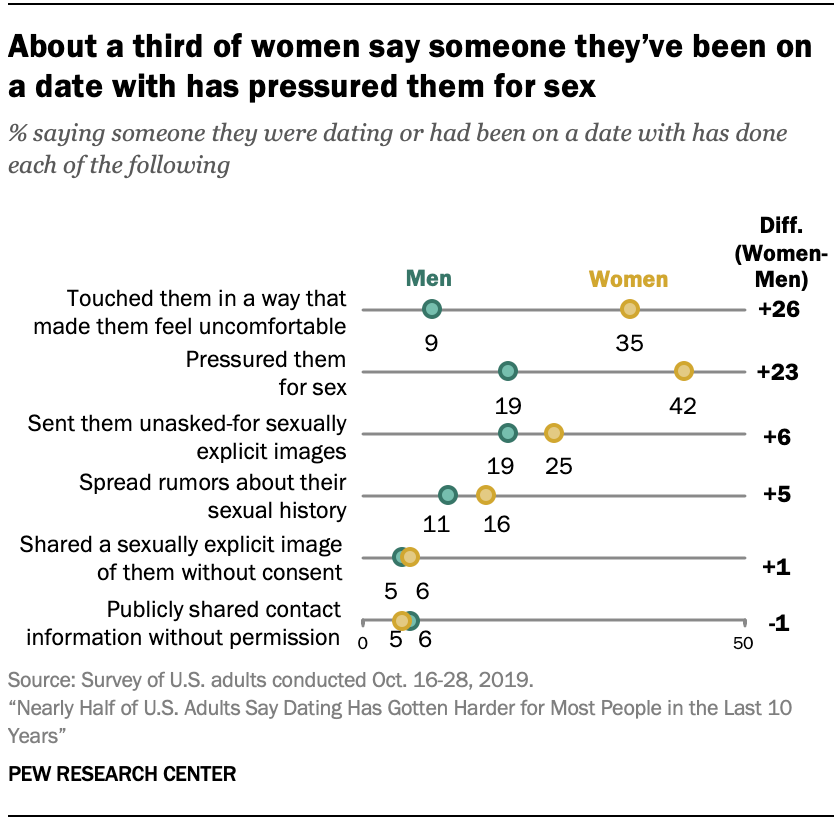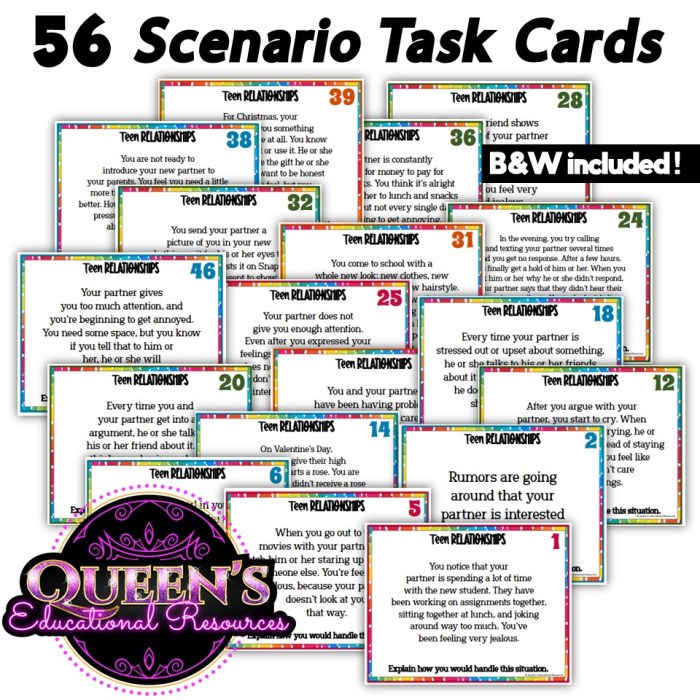From the swipe right thrill of dating apps to the nerve-wracking anticipation of a first date, navigating the American dating scene is a unique experience. This exploration delves into the multifaceted world of romance in the US, examining everything from the digital landscape of dating apps to the complexities of long-term relationships across diverse regions. We’ll uncover cultural nuances, explore common challenges, and offer insights into what makes dating in America so captivating—and sometimes, confounding.
We’ll analyze popular dating apps, dissecting their user bases and communication styles, and even examining the subtle art of crafting the perfect opening message. Then, we’ll transition to the real-world scenarios of first dates, exploring etiquette, common locations, and the ever-present question of the bill. Finally, we’ll examine the long-term implications, considering the expectations and realities of relationships across different regions and lifestyles, including the common hurdles and how couples navigate them.
Dating App Experiences in the US
The US dating app landscape is a vibrant and ever-evolving ecosystem, reflecting the diverse demographics and dating preferences of the American population. Millions utilize these platforms daily, seeking romantic connections, casual encounters, or long-term relationships. Understanding the nuances of these apps – from their user bases to communication styles – is key to navigating this digital dating world.
Popular US Dating Apps and Their User Demographics
Several dating apps dominate the US market, each catering to a specific demographic and offering unique features. The following table compares some of the most popular options:
| App Name | Target Demographic | Key Features | Common Complaints |
|---|---|---|---|
| Tinder | Broad, skews younger (18-35), but users span all ages. | Swipe-based matching, extensive user base, location-based features. | Superficiality, focus on physical appearance, high number of inactive profiles. |
| Bumble | Women-centric, attracts a slightly older and more relationship-oriented user base than Tinder. | Women initiate contact, focus on fostering respectful interactions. | Smaller user base compared to Tinder, can be slower-paced. |
| Hinge | Relationship-focused, attracts users seeking more serious connections. | Detailed profiles emphasizing personality and interests, prompts to encourage meaningful conversations. | Can be less casual than other apps, requires more effort in profile creation. |
| OkCupid | Diverse user base, attracts users seeking various relationship types. | Detailed questionnaires to match users based on compatibility, strong emphasis on shared values and interests. | Interface can feel dated compared to newer apps, algorithm may not always yield ideal matches. |
Typical Communication Flow on US Dating Apps
The typical communication flow on US dating apps generally follows a predictable pattern. It often begins with a brief opening message, designed to pique the other user’s interest. If successful, the conversation progresses through a series of messages, often incorporating humor, shared interests, and personal anecdotes. This exchange aims to build rapport and assess compatibility. Successful conversations usually lead to an exchange of phone numbers and ultimately, a first date. The entire process can range from a few days to several weeks, depending on the users’ schedules and communication styles.
Typical User Profile on a Popular US Dating App
A typical user profile on a popular US dating app, such as Tinder or Hinge, includes a collection of photos and a written self-description. The photos are crucial, often showcasing the user’s physical appearance, lifestyle, and interests. High-quality, well-lit photos that accurately represent the user are generally more effective. A diverse selection of images – showcasing different activities and settings – helps present a well-rounded personality. The written self-description complements the visual presentation, offering insights into personality, interests, and relationship goals. A concise, engaging, and honest self-description significantly improves the chances of attracting compatible matches. Using humor and avoiding clichés is often beneficial. For example, a profile might showcase photos of someone hiking, playing a musical instrument, and socializing with friends, accompanied by a description emphasizing a love for the outdoors, music, and making new connections.
Examples of Successful and Unsuccessful Opening Messages
Successful opening messages are typically personalized, referencing something specific from the other user’s profile. For example, “I saw you’re a big fan of [band/activity/etc.], I am too! What’s your favorite song/experience?” This shows genuine interest and initiates a conversation beyond a simple “hi.” Unsuccessful messages are often generic, impersonal, or overly forward. Examples include “Hey beautiful” or sexually suggestive comments. These lack personalization and often come across as disrespectful or insincere, decreasing the likelihood of a response. The key difference lies in demonstrating genuine interest and respectful communication.
First Date Scenarios in the US

Source: pewresearch.org
Navigating the first date landscape in the United States can be a fascinating experience, varying greatly depending on location, personal preferences, and cultural nuances. Understanding common practices and expectations can significantly enhance the chances of a positive and memorable encounter. This section delves into typical first date scenarios across different US cities, explores common conversation topics and etiquette, and examines the cultural expectations surrounding payment.
Common First Date Locations in Various US Cities
The choice of location for a first date often reflects the city’s character and the daters’ personalities. Popular options range from casual coffee shops to upscale restaurants, demonstrating the diverse dating culture across the country.
- New York City: A rooftop bar offering stunning city views, a trendy cocktail lounge in a vibrant neighborhood like the Lower East Side, a walk through Central Park followed by a picnic, or a classic Broadway show followed by a late-night bite.
- Los Angeles: A hike with panoramic views of the city, a casual beachfront dinner, a trendy happy hour at a West Hollywood hotspot, or a visit to a museum or art gallery followed by drinks.
- Chicago: A scenic walk or bike ride along the lakefront, a deep-dish pizza dinner in a classic Italian restaurant, a craft brewery tour, or a blues performance at a legendary Chicago club.
First Date Conversation Topics and Etiquette
First date conversations in the US tend to be informal and focus on getting to know each other. Topics range from work and hobbies to travel and personal interests. Active listening and engaging in reciprocal conversation are key elements of good etiquette. Avoid overly controversial topics like politics or religion on a first date. Maintaining eye contact, showing genuine interest, and being respectful are crucial for creating a positive atmosphere. It’s generally considered polite to be punctual and to turn off your phone during the date.
Cultural Expectations Surrounding Payment on a First Date
The customs surrounding payment on a first date in the US are evolving, but several patterns are common. While traditionally the man would pay, splitting the bill is increasingly common, particularly among younger generations. Offering to split the bill or subtly suggesting it can be a gracious gesture, reflecting equality and respect. However, the specific approach depends on individual preferences and the overall dynamic of the date. Regardless of who pays, expressing gratitude is always appropriate.
Fictional First Date Scenario in Chicago
Sarah and Mark, both Chicago natives, met on a dating app. For their first date, they opted for a casual evening at a brewery in Wicker Park. The atmosphere was lively, yet intimate, allowing for easy conversation. They started by discussing their shared love for Chicago’s diverse neighborhoods and then moved on to their respective careers and hobbies. Mark, a graphic designer, shared his passion for vintage posters, while Sarah, a teacher, described her work with underprivileged children. Their conversation flowed naturally, punctuated by laughter and genuine interest. As the evening progressed, they discussed their travel experiences and future aspirations. The date concluded with a shared dessert and a mutual agreement to meet again. They both felt a genuine connection, and the evening ended with a comfortable, shared taxi ride home.
Long-Term Relationship Dynamics in the US

Source: madebyteachers.com
Navigating the complexities of long-term relationships is a universal experience, but the specific dynamics and challenges vary significantly across different cultural and geographical contexts. In the United States, the landscape of long-term relationships is shaped by a diverse range of factors, including regional differences, socioeconomic pressures, and evolving societal expectations. This exploration delves into the expectations and realities of enduring partnerships across the US, highlighting common challenges and illustrating potential conflict resolutions.
Regional Variations in Long-Term Relationship Expectations
The expectations surrounding long-term relationships often differ considerably between urban and rural areas within the US. In urban centers, characterized by fast-paced lifestyles and diverse social circles, individuals may prioritize personal independence and career advancement, potentially delaying marriage and family formation. Conversely, in rural communities, where traditional values often hold stronger sway, earlier marriage and family establishment are more common, with a greater emphasis on community integration and shared responsibilities. These contrasting expectations can significantly influence relationship dynamics, impacting communication styles, decision-making processes, and the overall definition of a “successful” partnership. For instance, a couple in a bustling city might prioritize individual career goals, while a rural couple might focus on building a shared family business.
Challenges Faced by Couples in Long-Term Relationships
Long-term relationships in the US frequently encounter common hurdles. Work-life balance remains a significant challenge, particularly for dual-income households where both partners juggle demanding careers and household responsibilities. This often leads to feelings of stress, exhaustion, and a lack of quality time together. Financial pressures also contribute to relationship strain, with couples facing challenges related to student loan debt, mortgages, childcare expenses, and unexpected financial emergencies. Effective communication and collaborative financial planning are crucial for navigating these challenges successfully. Further complicating matters are evolving societal expectations surrounding gender roles and family structures, requiring couples to continuously adapt and renegotiate their roles and responsibilities within the relationship.
Fictional Scenario Illustrating a Common Conflict
Sarah, a high-powered lawyer in New York City, and Mark, a stay-at-home father, are struggling to balance their careers and family life. Sarah consistently works late, missing family dinners and bedtime stories. Mark feels increasingly isolated and undervalued, resenting the imbalance in their responsibilities.
Sarah: I feel so guilty, but I have to work these long hours to keep up. We need the money, and I’m finally starting to climb the ladder. I love Mark and the kids, but sometimes I feel like I’m drowning.
Mark: I feel like a single parent. I love being home with the kids, but it’s exhausting and lonely. I miss Sarah, and I feel unappreciated for everything I do. It feels like she doesn’t see how much I sacrifice.
Potential resolutions include couples therapy, open and honest communication about feelings and needs, and a renegotiation of household responsibilities. This might involve Sarah reducing her workload or hiring external help, allowing Mark more time for himself and enabling Sarah to spend more time with her family.
Stages of a Long-Term Relationship and Societal Expectations
Long-term relationships in the US typically progress through several distinct stages, each accompanied by shifting societal expectations. The dating phase is characterized by exploration and compatibility assessment, with societal expectations focusing on mutual attraction and shared values. Cohabitation often follows, signifying a deeper commitment and shared living arrangements, where expectations revolve around shared household responsibilities and financial planning. Marriage, the formalization of the relationship, brings with it societal expectations related to legal rights, financial obligations, and family planning. While these stages are not universally experienced in the same order or with the same level of formality, they represent common pathways in the development of long-term relationships in the US.